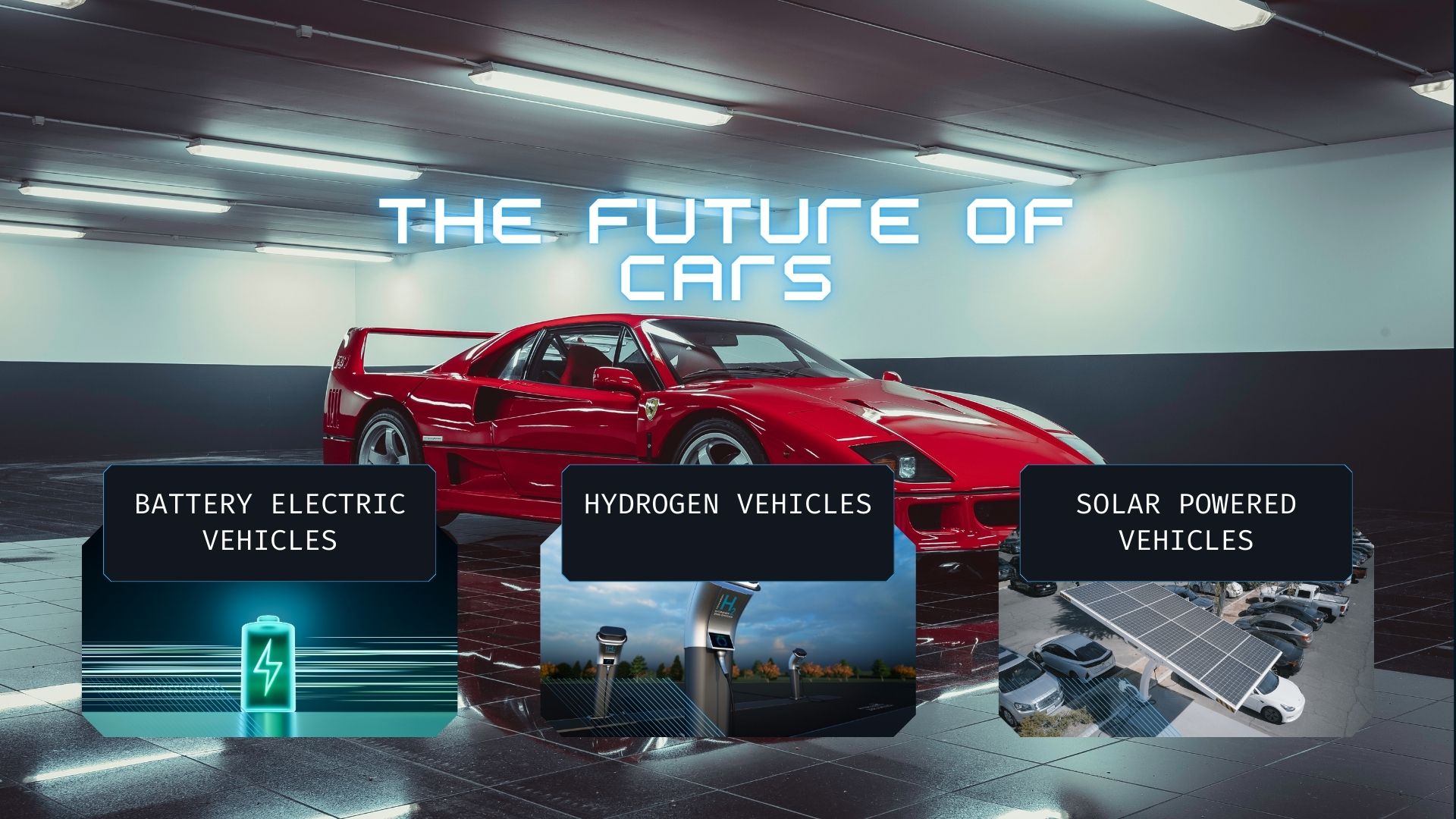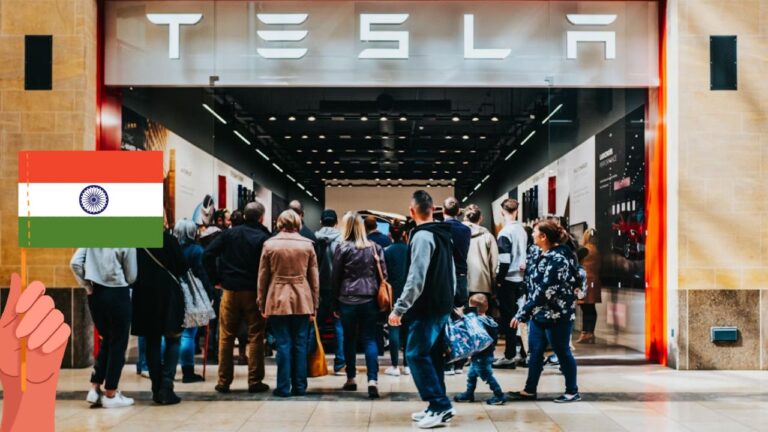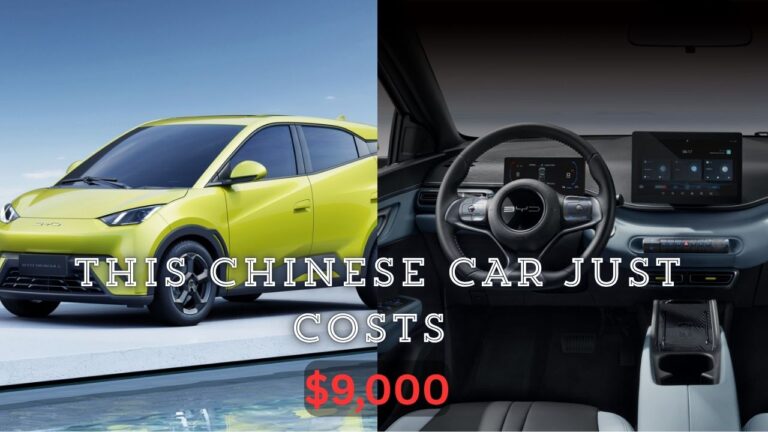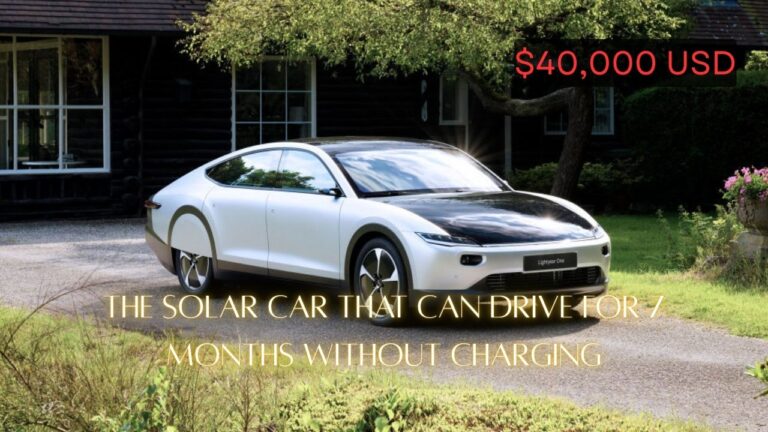The automotive industry is at a pivotal moment in history. As the world moves towards sustainability, the future of transportation is under intense scrutiny. The rise of electric vehicles (EVs), the potential of hydrogen-powered cars, and the growing influence of emerging technologies all promise to reshape the way we think about mobility. The question remains: will electric vehicles remain the dominant force, or will hydrogen and newer breakthroughs overtake them? In this article, we dive deep into the ongoing battle between these technologies, exploring their pros, cons, and what we can expect in the coming decades.
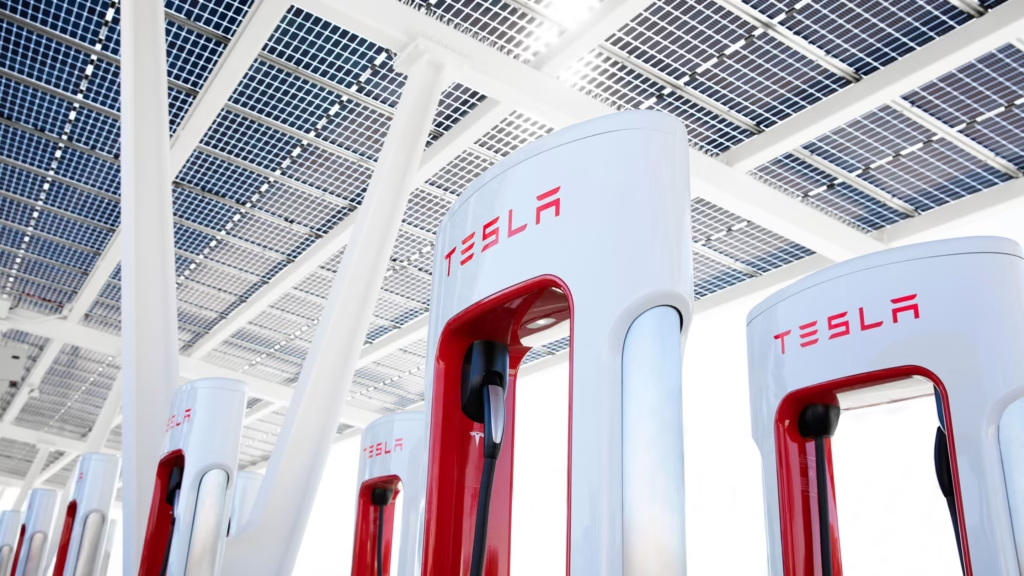
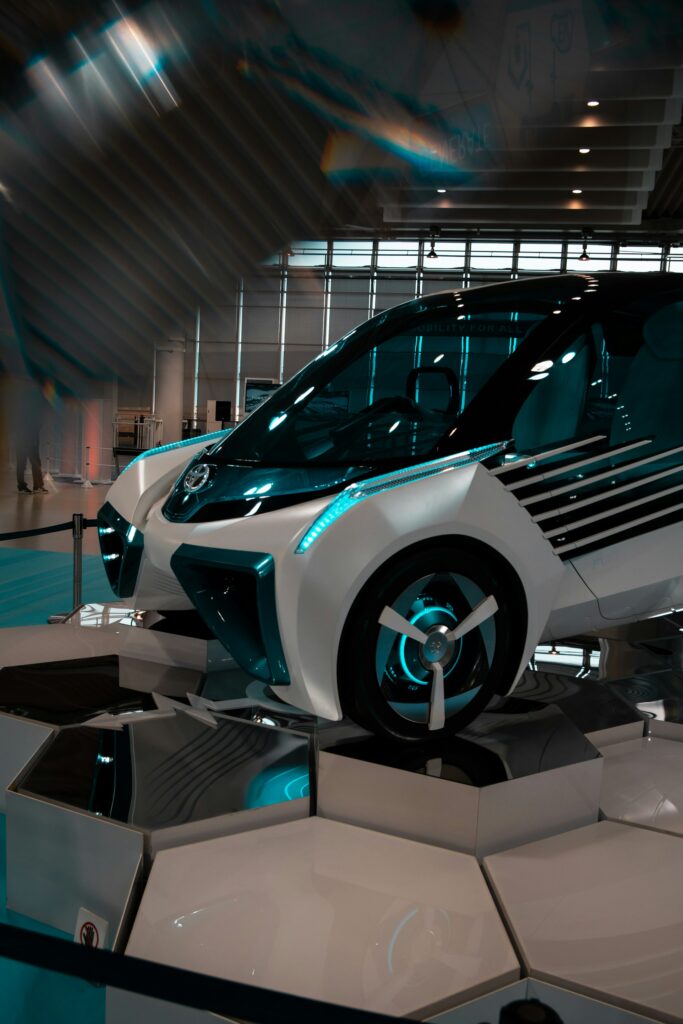

The Rise of Electric Vehicles (EVs)
Over the past decade, electric vehicles have grown exponentially, transforming from a niche market to a mainstream option. This shift can be attributed to several factors, including advancements in battery technology, rising environmental concerns, and global government incentives. Major automakers such as Tesla, Ford, and Volkswagen, as well as new players like Rivian, are leading the charge, with massive investments in electric mobility.
Electric vehicles are now regarded as the go-to solution for reducing emissions and combating climate change. The zero-emissions nature of EVs, especially in terms of tailpipe emissions, has made them an essential part of the push for cleaner air and sustainable transport. Governments worldwide have also stepped in, offering tax incentives, subsidies, and rebates to encourage EV adoption. With each passing year, the technology behind EVs is improving, with battery efficiency, energy storage, and charging speed all undergoing significant improvements.
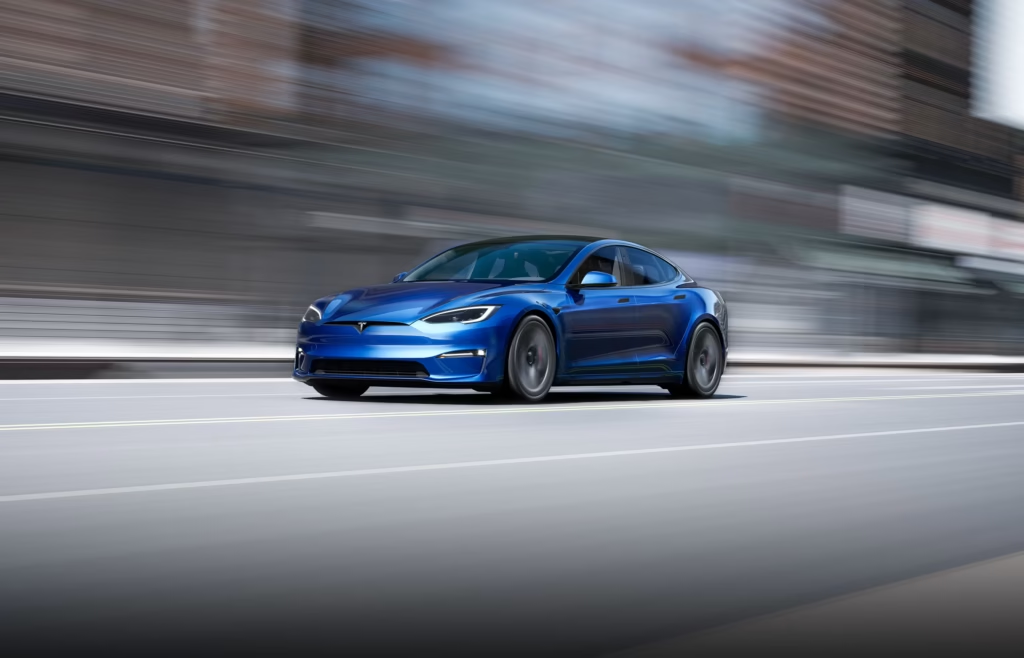


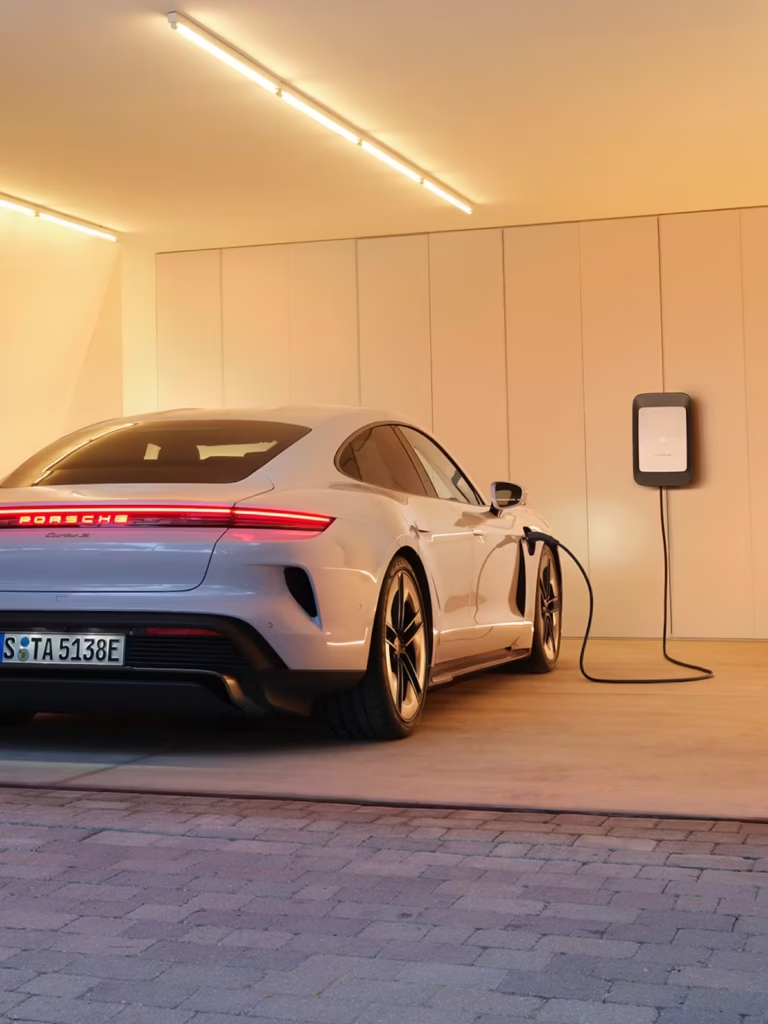
Advantages of EVs
Lower Emissions: One of the biggest advantages of EVs is their environmental impact. With no tailpipe emissions, EVs help reduce harmful pollutants such as nitrogen oxides and particulate matter, improving air quality and reducing health risks associated with air pollution.
Lower Operating Costs: While the initial purchase price of an EV may still be higher than traditional gasoline-powered vehicles, the long-term savings are significant. Electricity is generally cheaper than gasoline, and with fewer moving parts in an EV, there are fewer maintenance requirements, which lowers overall ownership costs.
Government Incentives: Many governments are incentivizing the adoption of electric vehicles by offering tax credits, rebates, and subsidies. These financial benefits help lower the overall cost of ownership, making EVs more affordable for consumers. Some regions also offer additional perks such as free or discounted parking and access to carpool lanes.
Expanding Charging Infrastructure: Charging infrastructure for electric vehicles is growing rapidly. Fast-charging networks are becoming more widespread, reducing the inconvenience of recharging an EV on the road. Charging stations are now common at public spaces, shopping centers, and highways, making it easier to own and operate an EV.
Quiet and Smooth Ride: The absence of a traditional internal combustion engine (ICE) makes EVs incredibly quiet and smooth, offering a serene driving experience. The instant torque provided by electric motors also means a more responsive and dynamic driving experience, especially when accelerating.
Challenges Facing EVs
Battery Production Impact: The raw materials required for EV batteries, such as lithium, cobalt, and nickel, have raised concerns over their environmental and ethical implications. The mining of these materials often leads to habitat destruction, pollution, and human rights violations in some parts of the world. This challenge calls for improvements in both mining practices and the development of alternative battery technologies.
Limited Range: While battery technology has improved, range anxiety remains a key issue for many potential EV buyers. Although some EVs now offer ranges over 300 miles, the fear of running out of charge during long-distance trips continues to be a deterrent for many consumers.
Charging Time: Charging an EV, even with the best fast-charging technology, takes longer than refueling a gasoline-powered car. For consumers used to the convenience of quick refueling, the time it takes to recharge can still feel inconvenient, especially on long journeys.
Electric Grid Demand: A massive surge in electric vehicle adoption will place considerable strain on electricity grids. In some regions, the existing grid infrastructure may struggle to handle the increased demand for power, potentially leading to outages or increased energy prices.
Battery Recycling and Disposal: As EVs become more common, the need for effective battery recycling becomes more critical. Lithium-ion batteries, when disposed of improperly, can cause environmental damage. The development of efficient and environmentally friendly recycling methods is necessary to prevent future waste problems.
Hydrogen-Powered Cars: The Underdog with Potential
While electric vehicles dominate the market, hydrogen-powered cars offer a compelling alternative. These vehicles operate on hydrogen fuel cells, where hydrogen reacts with oxygen to generate electricity, producing only water vapor as a byproduct. Although FCVs (Fuel Cell Vehicles) are still in the early stages compared to EVs, they hold unique advantages, particularly in certain areas where EVs may fall short.
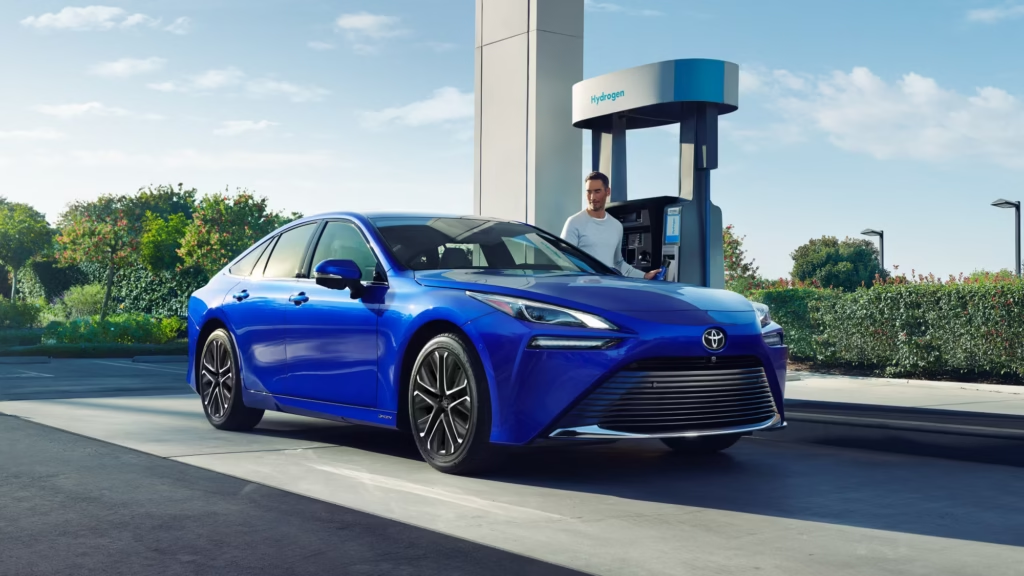
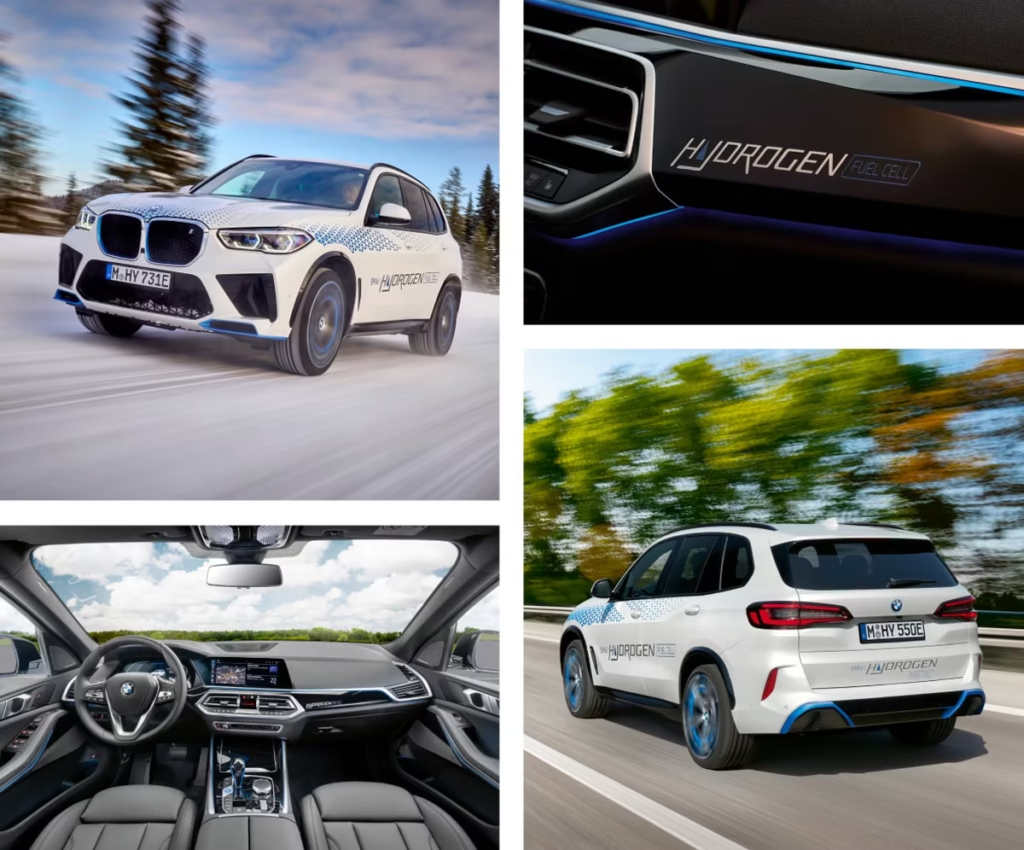
Advantages of Hydrogen Cars
Faster Refueling: Unlike EVs, which require long charging times, hydrogen cars can be refueled in minutes, similar to traditional gasoline-powered vehicles. This makes them an attractive option for those in need of quick turnaround times, such as commercial vehicles or long-haul trucks.
Longer Range: Hydrogen cars often boast a greater range than their electric counterparts, especially for heavy-duty applications. With larger fuel tanks and the ability to store more energy, hydrogen-powered vehicles can go much further on a single fill-up, making them ideal for freight transport and commercial use.
Reduced Battery Dependency: Hydrogen vehicles do not rely on lithium-ion batteries, which are currently the most widely used energy storage solution in electric cars. This reduces the environmental impact of lithium mining and the dependence on rare minerals, potentially making hydrogen a more sustainable option.
Potential for Renewable Hydrogen Production: If green hydrogen, produced through renewable energy sources like wind or solar power, becomes more scalable, hydrogen-powered vehicles could become a fully sustainable mode of transport. By using renewable sources for hydrogen production, the entire transportation ecosystem could become carbon-neutral.
Challenges Facing Hydrogen Cars
Infrastructure Limitations: Despite their advantages, hydrogen-powered cars face a significant obstacle in the form of infrastructure. Hydrogen refueling stations are extremely limited compared to EV charging networks, making it difficult for consumers to adopt hydrogen vehicles unless they are in specific regions with access to refueling stations.
High Production Costs: The processes required to produce, store, and transport hydrogen are expensive. Extracting hydrogen from water via electrolysis is energy-intensive and costly, while transporting compressed hydrogen requires specialized infrastructure. This high cost limits the widespread adoption of hydrogen vehicles.
Energy Efficiency Concerns: While hydrogen offers an alternative to electric batteries, the process of producing hydrogen itself is energy-consuming. If the hydrogen is generated using fossil fuels, the environmental benefits are significantly diminished, making the overall energy efficiency of hydrogen vehicles less attractive than that of EVs.
Limited Vehicle Options: Hydrogen-powered vehicles are still in the early stages of development, with only a handful of models available on the market. The limited range of vehicle options and the lack of availability in many regions hinder the mass adoption of hydrogen cars.
Emerging Technologies: Could a New Breakthrough Change Everything?
While electric vehicles and hydrogen-powered cars are at the forefront, emerging technologies could potentially disrupt the automotive industry in ways we can’t yet predict. Innovations in battery technology, alternative fuel sources, and new vehicle designs all promise to change the future of cars.
Solid-State Batteries: The Next Evolution of EVs?
Solid-state batteries are one of the most promising technologies for the future of electric vehicles. Unlike traditional lithium-ion batteries, solid-state batteries use a solid electrolyte rather than a liquid one, offering numerous advantages. They have a higher energy density, which could lead to longer driving ranges for EVs. They also charge faster, reducing downtime, and are considered safer, as they eliminate the risk of battery fires associated with liquid-based technologies. Although still in the research phase, companies like Toyota and BMW are investing heavily in solid-state battery development, with commercial production expected within the next decade.
Solar-Powered Vehicles: A Step Towards Self-Sustaining Cars
Another breakthrough technology on the horizon is solar-powered vehicles. While the idea of a car that can recharge itself using solar energy sounds futuristic, companies like Aptera and Lightyear are already working on prototypes. These vehicles are equipped with solar panels on their roofs that harness sunlight to recharge the car’s batteries, extending its range and reducing reliance on external charging stations. Although solar-powered cars are not yet ready for mainstream adoption, further advancements in solar panel efficiency and vehicle design could lead to a future where cars can operate with minimal external charging.
Synthetic Fuels (E-Fuels): A Carbon-Neutral Alternative?
Synthetic fuels, or e-fuels, are another technology that could change the landscape of transportation. E-fuels are created by capturing carbon dioxide from the air and using renewable electricity to convert it into a synthetic liquid fuel. This carbon-neutral alternative has the potential to power traditional internal combustion engines without emitting additional carbon dioxide. Companies like Porsche are exploring e-fuels as a way to decarbonize the transportation sector while still utilizing existing combustion engine technology.
The Road Ahead: What Will the Future Look Like?
The future of transportation is likely to be shaped by a combination of these technologies rather than one single solution. We can expect significant changes across short, medium, and long-term timeframes.
Short-Term (2025-2035): Electric vehicles will continue to dominate the market as battery technology advances, and charging networks expand. Hydrogen-powered vehicles will become more common in commercial and heavy-duty transport sectors, while investments in solid-state batteries will begin to pay off.
Mid-Term (2035-2050): By this point, solid-state batteries will likely be integrated into mainstream EVs. Green hydrogen production will scale up, making hydrogen vehicles more viable for a wider audience. Meanwhile, new transportation methods, such as autonomous vehicles and smart infrastructure, will revolutionize the way we think about mobility.
Long-Term (2050 and Beyond): By 2050, the automotive landscape may include solar-powered vehicles, e-fuels for combustion engines, and fully decarbonized transport systems powered by renewable energy. With new breakthroughs on the horizon, the future of cars will be electric, sustainable, and potentially much more innovative than we could have imagined today.
The Role of Governments and Automakers
The speed of this transformation will largely depend on the investments made by governments and automakers. Countries such as Norway and the Netherlands are already taking strong steps to phase out gasoline cars by 2035, while automakers like General Motors, Volkswagen, and Volvo have committed to offering all-electric lineups within the next decade. To fully transition to a sustainable future, massive investments in infrastructure—such as renewable energy sources, EV charging stations, and hydrogen production facilities—will be essential.
Conclusion
The automotive industry stands on the brink of a revolution. While electric vehicles currently lead the charge, hydrogen fuel cells and a wave of emerging technologies could soon change the game. Whether it’s EVs, hydrogen-powered cars, or new breakthroughs like solid-state batteries or e-fuels, the future of transportation promises to be diverse, sustainable, and full of possibilities. The key to success will be collaboration between automakers, governments, and consumers, all working towards a greener, more efficient world.

